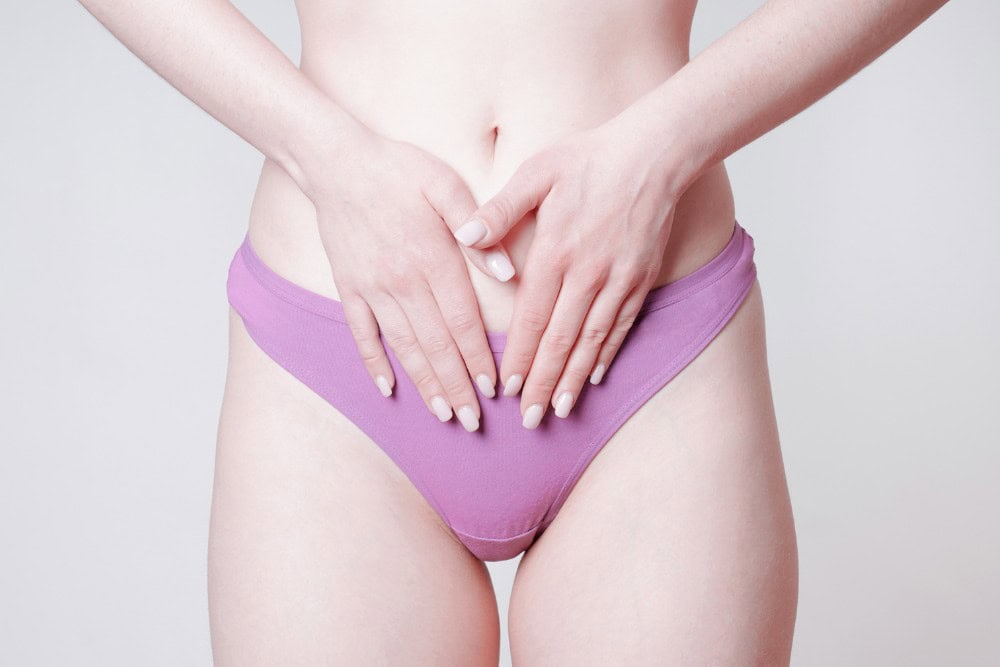Perineoplasty surgery in Dubai, commonly performed for repairing or reconstructing the perineum (the area between the vaginal opening and the anus), is typically undertaken to address issues such as childbirth injuries, congenital abnormalities, or trauma with Perineoplasty surgery in Dubai. However, successful outcomes from this delicate procedure depend not only on the skill of the surgeon but also on the quality of post-operative care. Proper aftercare is crucial for ensuring optimal healing, preventing complications, and achieving the best possible results.
Immediate Post-Surgery Care
Right after perineoplasty surgery, patients often experience swelling, bruising, and mild discomfort. These are normal, but it’s essential to follow the surgeon’s instructions carefully. This may include resting, applying ice packs, and using prescribed medications for pain management. Keeping the surgical site clean and dry is vital to prevent infections, which could delay healing or cause further complications. Many surgeons recommend using a sitz bath to reduce swelling and promote relaxation of the area, especially during the first few days after surgery.
Managing Pain and Discomfort
Mild to moderate pain is expected following perineoplasty, but the discomfort should subside over time. Over-the-counter pain medications, along with the doctor’s prescribed pain relief methods, can help manage any discomfort. In some cases, patients may be advised to avoid sitting for extended periods or to use a cushion to relieve pressure on the perineal region. By adhering to these guidelines, patients can minimize pain and avoid unnecessary strain on the recovery site.
Avoiding Infection
The risk of infection is a significant concern after any surgical procedure, including perineoplasty. Keeping the wound clean is crucial. Patients should avoid using harsh soaps, douches, or other irritants that can compromise the healing tissue. In some cases, antibiotics may be prescribed as a precautionary measure to prevent infection. Regular checkups with the surgeon are important to monitor the healing process and to ensure there are no signs of infection, such as increased redness, warmth, or discharge.
Gradual Resumption of Activities
Post-perineoplasty recovery is gradual, and it’s important not to rush back into physical activities. Patients are typically advised to refrain from sexual intercourse, vigorous exercise, and heavy lifting for at least six weeks, depending on the surgeon’s recommendation. Engaging in activities too soon can cause stress on the surgical site, increase swelling, or even result in the separation of stitches. A slow and steady return to normal activities ensures proper healing and minimizes the risk of complications.
Psychological Support and Emotional Care
While much of the focus after perineoplasty is on physical recovery, emotional support is equally important. Patients may experience changes in their body image, especially in the initial recovery phase. Support from family, friends, or a therapist can be valuable in helping individuals adjust and feel confident throughout the healing process. Counseling may also be beneficial for those experiencing anxiety or depression during recovery.
Conclusion
Aftercare following perineoplasty surgery plays a critical role in ensuring both the physical and emotional well-being of the patient. Following the surgeon’s instructions regarding pain management, hygiene, and activity restrictions will aid in preventing complications and promoting quicker recovery. Remember, recovery from this surgery is not just about physical healing but also about emotional support and patience. By adhering to aftercare guidelines, patients can significantly improve the chances of a successful and long-lasting result, ultimately enhancing their quality of life.





Comments